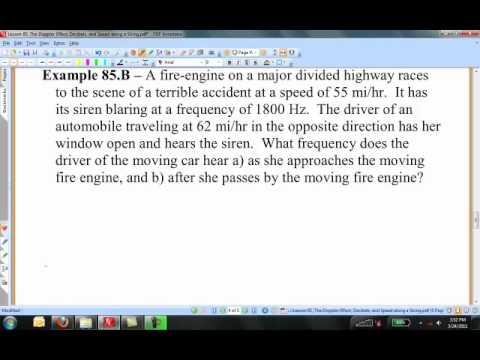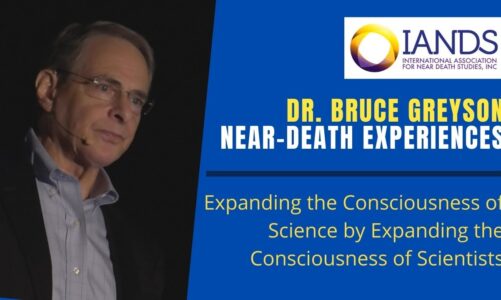Bryant Haynes
Lesson 85, The Doppler Effect, Decibels, and Speed Along a String, focuses on the Doppler Effect, the one topic of the three that appears on the AP Physics B Curriculum. An observer detects a differing frequency than is produced by a source that is moving relative to the observer. It matters not whether source, observer, or both are in motion – the important point is that there is RELATIVE motion between them. The equation relating the observed frequency as a function of the produced frequency, the observer’s and source’s speed, and the speed of the wave in the medium of interest (usually the speed of sound in air) is given, and several numerical examples are solved. It is noted that the Doppler effect applies to ALL waves, not just to sound, and that astronomers use the effect (known in those circles as red shift) to make statements about the universe.
Source
Lesson 85, The Doppler Effect, Decibels, and Speed Along a String, Part 2.mp4



